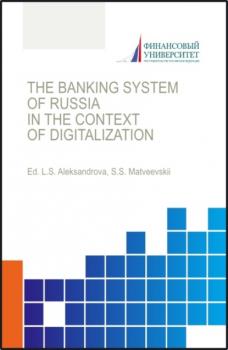Юрий Сергеевич Захаров
Список книг автора Юрий Сергеевич ЗахаровВосстановление водоотводящих сетей полимерными рукавами. (Бакалавриат, Магистратура, Специалитет). Монография.
Представлена классификация технологий, использующихся при санации безнапорных трубопроводов наружных систем водоотведения с использованием бестраншейных технологий. Приведены сведения о правилах проведения диагностического контроля состояния трубопроводных сетей в процессе эксплуатации и при производстве ремонтно-восстановительных мероприятий с использованием телевизионных установок и методах регистрации и кодировки результатов визуального обследования. Представлены рекомендации по организации и планированию работ по восстановлению трубопроводов с использованием гибких полимерных рукавов и методика определения минимальной толщины стенки полимерного рукава. Для специалистов строительного профиля и проектировщиков, занимающихся вопросами восстановления трубопроводных коммуникаций бестраншейными методами, студентов строительных вузов.
Восстановление водоотводящих сетей полимерными рукавами. (Бакалавриат, Магистратура, Специалитет). Монография.
Представлена классификация технологий, использующихся при санации безнапорных трубопроводов наружных систем водоотведения с использованием бестраншейных технологий. Приведены сведения о правилах проведения диагностического контроля состояния трубопроводных сетей в процессе эксплуатации и при производстве ремонтно-восстановительных мероприятий с использованием телевизионных установок и методах регистрации и кодировки результатов визуального обследования. Представлены рекомендации по организации и планированию работ по восстановлению трубопроводов с использованием гибких полимерных рукавов и методика определения минимальной толщины стенки полимерного рукава. Для специалистов строительного профиля и проектировщиков, занимающихся вопросами восстановления трубопроводных коммуникаций бестраншейными методами, студентов строительных вузов.
The banking system of russia in the context of digitalization Банковская система России в условиях цифровизации. (Аспирантура, Бакалавриат, Магистратура). Монография.
The work is devoted to the implementation of innovative financial technologies (digitalization) in the banking system of Russia. A brief description of the main financial technologies (big data, AI, blockchain, etc.) is given, the features of their use by Russian banks and the Bank of Russia are determined. It is concluded that innovative financial technologies ensure the receipt, processing and use of specialized information related to the production and sale of banking services. Possible ways of digitalization of Russian banks, prospects for the development of this process are shown. New tasks arising in connection with digitalization for the Bank of Russia have been identified: the need to adapt monetary regulation and supervision of credit institutions to new conditions. The article identifies the features of marketplaces and ecosystems that have emerged in the Russian banking system, which are the next stage of digitalization.
Lending development in Russia. (Бакалавриат, Магистратура). Монография.
The work is devoted to the study of the main directions of lending to legal entities and individuals. As a result of the study, the main problems in the field of lending to legal entities and individuals, lending to small and medium-sized businesses were identified. The role of the infrastructure of the credit system in the development of lending is considered. An important place in the monograph is occupied by the material on FinTech and its impact on both banking in general and lending in particular. The description of the main modern financial technologies, the ways of digital transformation of Russian credit institutions is given. It is concluded that FinTech, in general, provides certain advantages when used in banking, but entails new risks, in particular, abuse and loss of customer information. The review of foreign experience in lending to individuals and legal entities, presented in the monograph, helps to predict the main trends in lending in Russia.



